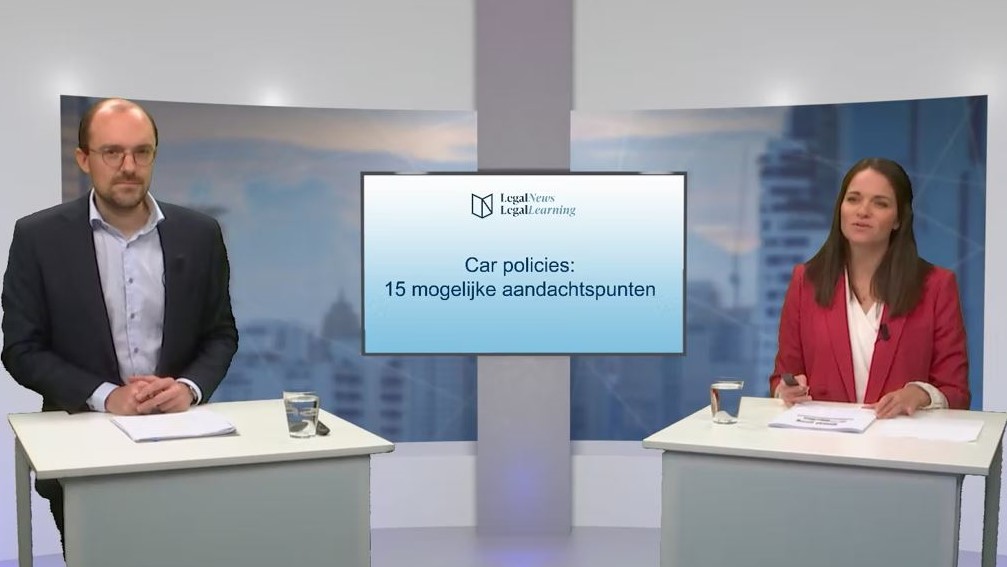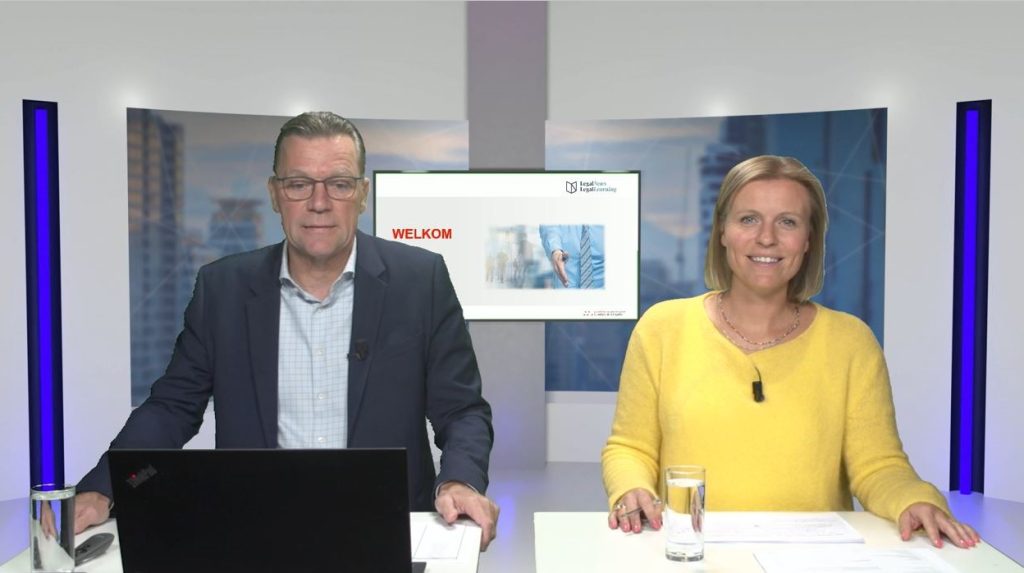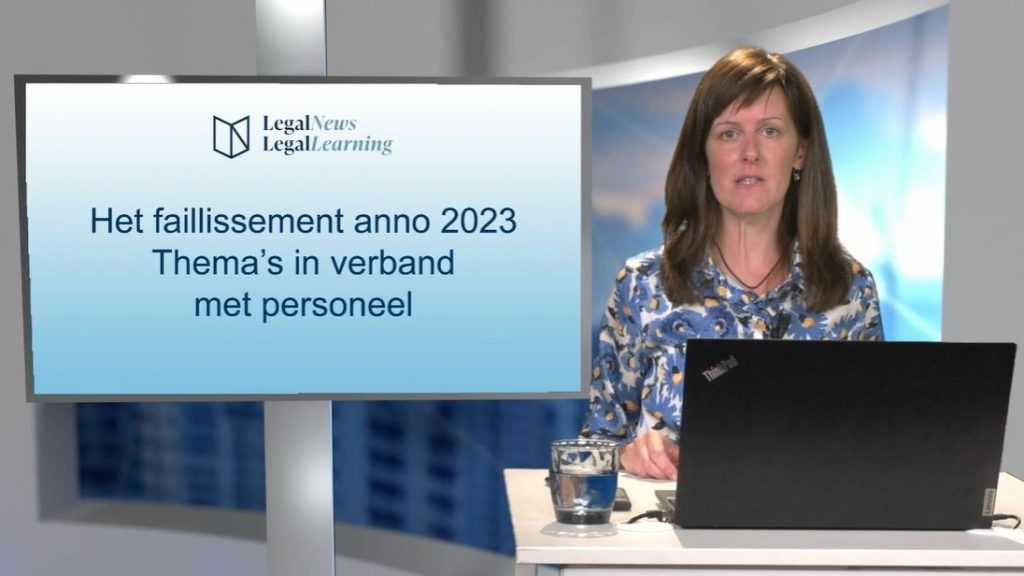Het nieuwe Boek 6:
de impact op de werkvloer
Mr. Chris Persyn (Cautius)
Webinar op donderdag 4 juli 2024
Vakantiedagen en het arbeidsrecht
Mr. Kato Aerts en mr. Sarah Witvrouw (Lydian)
Webinar op dinsdag 11 juni 2024
Intellectuele eigendomsrechten in de onderneming:
wie is eigenaar van door werknemers en dienstverleners ontwikkelde creaties?
Dr. Nele Somers (ARTES) en mr. Veerle Scheys (Mploy)
Webinar op dinsdag 23 april 2024
Tewerkstelling van buitenlandse werknemers:
nakende ingrijpende wijzigingen
Mr. Sophie Maes en mr. Simon Albers (Claeys & Engels)
Webinar op donderdag 25 april 2024
HR-aspecten bij M&A transacties
Mr. Nele Van Kerrebroeck (Linklaters)
Webinar op donderdag 16 mei 2024
Mobility allowance : interesting or not? (Grant Thornton)
Author: Hélène Schuerwegen (Grant Thornton)
Date of publication: 30/01/2018
On 15 December 2017, the government submitted the long-awaited draft bill on the introduction of a mobility allowance (the so-called “cash for car” allowance). As a result, employees who have a company car for a certain period of time will be able to hand in their vehicle for a cash allowance with the same tax and social status as the company car. The government aims for one goal: to encourage employees to make less use of the car in traffic and to choose more sustainable means of transport. Realistic? Skepticism remains.
Conditions
In order to be able to hand in the company car for a mobility allowance, a number of conditions must be fulfilled. One of these conditions is that the employee must have been granted the benefit of a company car for a certain period. Also the employer must have made company cars available to one or more employees during a certain period. Furthermore, the system of the mobility allowance is based on a fundamental freedom for all parties. Employers are not obliged to implement the system and employees can not be obliged to hand in their company car.
Principles
The amount of the mobility allowance is calculated on the catalog value of the returned company car and is indexed annually. In concrete terms, the allowance equals to 20% of 6/7th of the catalog value. That amount is increased by 20% if the employee also had a fuel card. The employee’s own contribution, if any, is deducted.
The mobility allowance retains the same tax and social status as a company car:
- The mobility allowance is not a wage. No social security contributions are due by the employer or employee. The employer does pay a solidarity contribution to the NSSO, equal to the solidarity contribution of the handed-in company car.
- The mobility allowance is a benefit in kind. The employee pays taxes at an amount equal to the taxable benefit of the nature of the returned car at the time of the exchange. This is done on the basis of the following formula: 4% x catalog value x 6/7, reduced, if applicable, by the own contribution of the employee.
- For the employer, the mobility allowance is given a similar tax treatment as the company car. The rate of deductibility is determined uniformly at 75% of the mobility allowance. Also the legal provision that 17% or 40% of the benefit is a disallowed expense remains applicable.
Example
Let us take the following example: a company car with a catalog value of €31.000, a CO2 emission of 108 g/km, a diesel engine, registered for the first time on 01.01.2017, including a fuel card, without an own contribution by the employee.
1. The mobility allowance will amount to:
(20% * €31.000 * 6/7) + [20% * (20% * €31.000 * 6/7)] = €6.377,15/year or €531,43/month (gross).
2. The social security contributions of the employer per 2018 amount to:
[(108 g/km x €9) – 600)] x 1,2708 = €472,14/year or €39,39/month
3. The benefit in kind of the employee amounts to:
4% x €31.000 x 6/7 = €1.062,86/year or €88,57/month
To compare, the benefit in kind for the company car would amount to (income year 2018) €1.923,24/year or €160,27/month.
Conclusion and observations
The question remains, however, whether these measures will effectively remove a sufficient number of company cars from traffic in order to alleviate the mobility problems in the short term, as intended by the government. Together with other stakeholders, including interest groups, mobility experts and the employers and employees themselves, we can doubt this.
It therefore remains to be seen whether the draft bill will be amended. So be sure to keep an eye on our information channels for further updates!
» Bekijk alle artikels: Arbeid & Sociale zekerheid

















